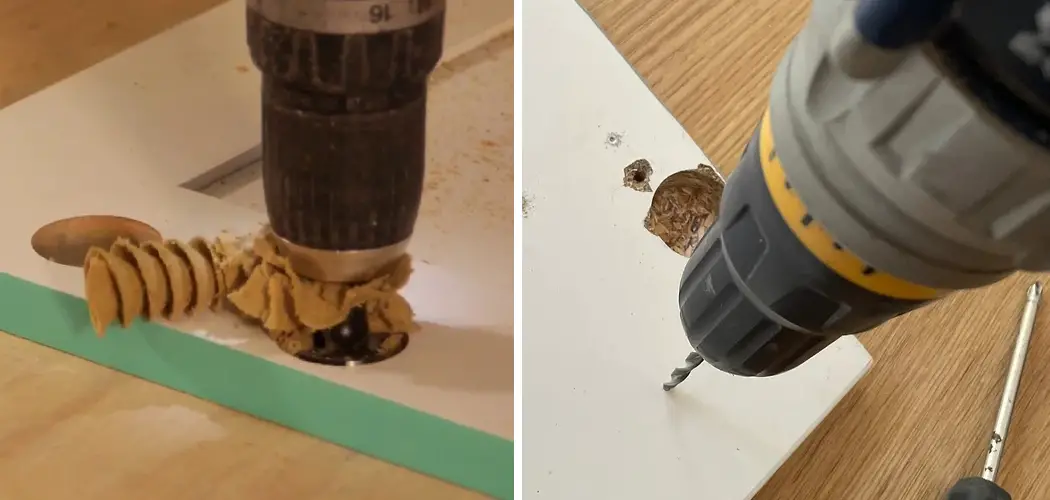Are you looking to install new cabinet hinges in your kitchen or bathroom? Do you want to learn how to drill the perfect hinge holes for a professional-looking finish? Look no further, as this guide will provide you with step-by-step instructions on how to drill cabinet hinge holes.
Cabinet hinges are a common yet crucial part of any kitchen, ensuring doors can swing open and shut cleanly. But if you don’t know how to drill your cabinet hinge holes properly, you might face some serious headaches.
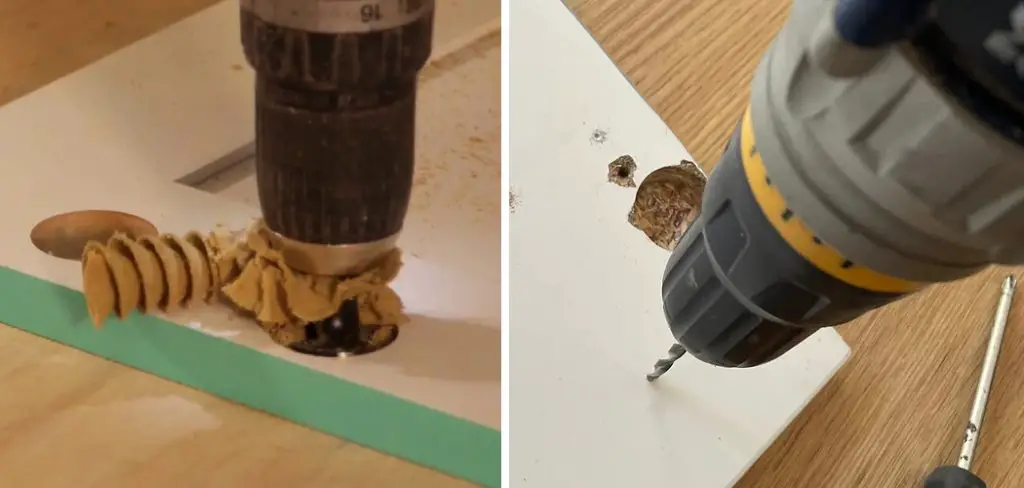
Fortunately, drilling cabinet hinges isn’t as difficult as it may appear – with the right tools and techniques, anyone can get the job done quickly and professionally!
In this blog post, we’ll provide step-by-step instructions to help you safely and accurately drill cabinet hinge holes in no time. Keep reading to learn more!
What Will You Need?
Before we dive into the step-by-step instructions, let’s ensure you have everything you need to drill cabinet hinge holes successfully. Here are the tools and materials you’ll need:
- Measuring tape or ruler
- Pencil
- Drill with a 35mm Forstner bit
- Clamp or vise
- Scrap wood
- Safety glasses
Always make sure you have all the necessary tools and materials before starting any drilling project. This will save you time, energy, and frustration down the line.
10 Easy Steps on How to Drill Cabinet Hinge Holes
Step 1: Measure and Mark the Hinge Positions
The first step in how to drill cabinet hinge holes is to accurately measure and mark where you want your hinges to be. Use your measuring tape or ruler to measure the correct distance from your hinges’ top and bottom of the cabinet door.
Typically, you’ll want to place your hinges about 5 inches from the top and bottom edges, but this can vary depending on the size and style of your cabinets.
Once you’ve measured, use your pencil to mark the exact spots where you’ll drill your hinge holes. It’s crucial to be precise with your measurements and markings to ensure a clean, professional finish.
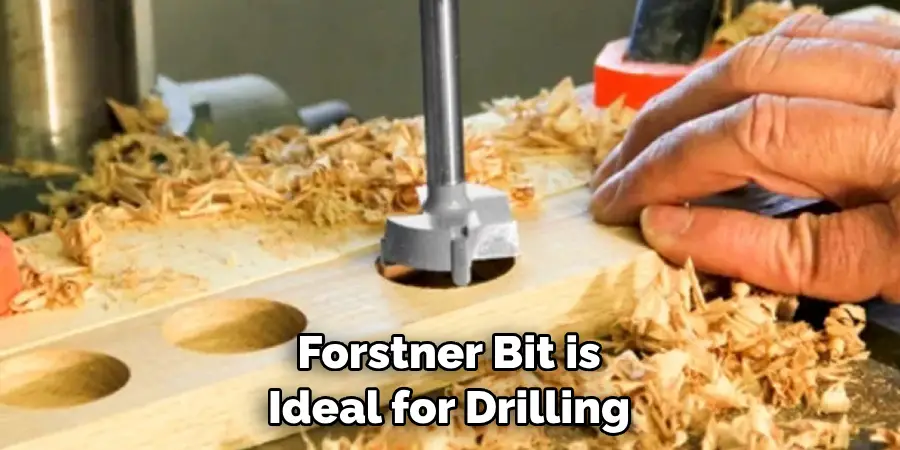
Step 2: Set Up Your Drill
Next, you will need to install a 35mm Forstner bit in your drill. The Forstner bit is ideal for drilling cabinet hinge holes, cutting precise, clean, and flat-bottomed holes. Ensure the drill bit is tightly secured in the drill chuck to avoid wobbling during operation.
Also, adjust your drill’s speed setting to a low or medium speed for better control and precision during drilling. Always remember to wear safety glasses to protect your eyes from flying debris.
Step 3: Secure the Cabinet Door
Before you start drilling, securing your cabinet door is essential to prevent it from moving. Place the door on a flat, stable surface like a workbench, and hold it firmly in place with a clamp or vise.
To protect the finish of your cabinet door, consider placing a piece of scrap wood between the clamp and the door. This step will help ensure your safety and the accuracy of your hinge holes.
Step 4: Drill the Hinge Holes
Now, you’re ready to drill your hinge holes. Position the Forstner bit on your mark for the hinge location. Apply gentle pressure and drill slowly to ensure the hole is started correctly.
As you drill, make sure you’re holding the drill straight to avoid angled holes. Once you’ve drilled to the appropriate depth (usually the same depth as the thickness of the hinge cup), stop drilling and carefully withdraw the drill bit.
Step 5: Clean and Check the Holes
After drilling all the hinge holes, cleaning the holes and surrounding area of any wood debris or dust is crucial. You can use a soft brush or a vacuum cleaner to do this. Once cleaned, check each hole to ensure it’s the correct depth and aligns with your markings.
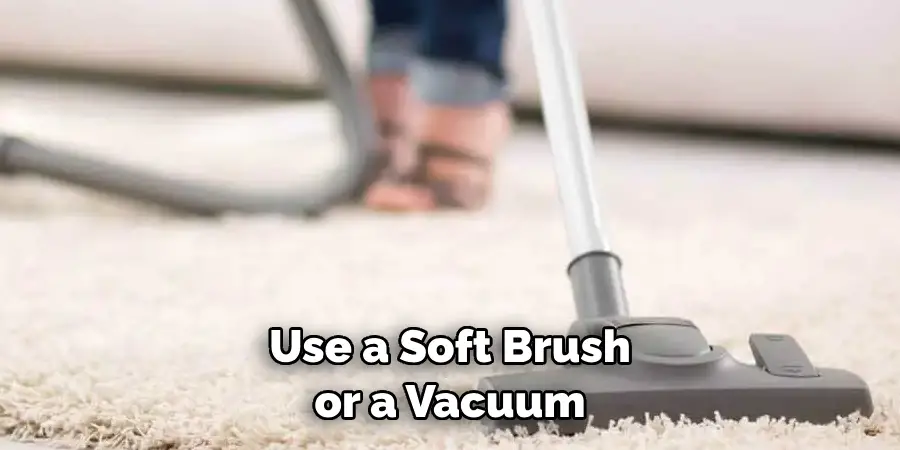
If needed, you can re-drill or adjust the holes. Remember, accuracy and cleanliness at this stage are vital for a perfect hinge installation and the smooth operation of your cabinet doors.
Step 6: Fit the Hinges
Now that you have your holes drilled and cleaned, it’s time to fit the hinges into the holes. Take one of your cabinet hinges and align it with the hole, ensuring the hinge cup fully fits into the drilled hole. Confirm that the hinge’s positioning aligns with your markings and that the hinge opens and closes smoothly.
If everything looks good, use the screws provided with your hinges to secure the hinge to the cabinet door. Repeat this process for all hinges. Be careful not to overtighten the screws, as this could damage the wood or misalign the hinges.
Step 7: Attach the Cabinet Doors
With your hinges securely installed on the cabinet doors, it’s time to attach them to the cabinet itself. Hold your cabinet door up to the cabinet and align the hinges with the cabinet frame.
Cross-check your alignment, ensuring the door opens and closes smoothly without obstructing adjacent doors or drawers. Once aligned correctly, use your screwdriver to secure the hinges to the cabinet frame.
Step 8: Check the Door Alignment
After you’ve attached the doors to the cabinet frame, it’s important to check if they’re properly aligned. Open and close the doors to observe if they function smoothly without any resistance or rubbing against the cabinet frame. Look at the doors from different angles to ensure they align correctly with each other and the cabinet frame.
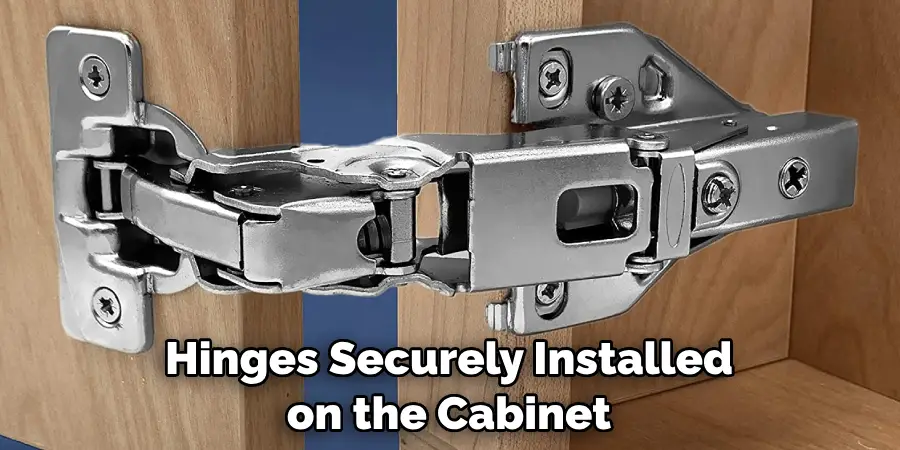
If you notice any misalignments, adjustments can be made by loosening the screws on the hinges, shifting the doors until they are in the correct position, and then tightening the screws again.
Step 9: Final Adjustments and Fine-Tuning
After checking the door alignment, you should do some fine-tuning to ensure everything is perfectly in place. Most cabinet hinges have adjustment screws that allow you to move the doors up, down, in, or out.
Use these screws to make any necessary adjustments to the doors’ placement. Take your time with this step, making small adjustments and checking the results.
Your goal is to ensure that all the doors open and close smoothly and line up nicely with each other when closed. This step may take patience, but the end result will be a professionally installed cabinet door with perfect alignment and functionality.
Step 10: Clean up and Enjoy Your Work
Once you’re satisfied with the alignment and functionality of your cabinet doors, your final step is the cleanup. Carefully collect and dispose of any remaining debris or dust from the drilling and installation. Wiping the cabinet doors and surrounding area with a damp cloth will likely suffice.
Now, it’s time to step back and admire your finished work. You have successfully and professionally installed your cabinet doors by carefully following these steps to drill cabinet hinge holes.
By following these steps, you can easily and accurately drill cabinet hinge holes for a clean, professional finish. With a little practice, you’ll become an expert at installing cabinet hinges in no time!
5 Additional Tips and Tricks
- Measure Twice, Cut Once: Before you even drill your cabinet hinge holes, ensure you’ve accurately measured the spacing. A slight miscalculation can lead to a misaligned door. Use a ruler or a measuring tape to verify your measurements.
- Use a Drill Guide: A drill guide can ensure your holes are drilled at the correct depth and angle. It’s beneficial when drilling cabinet hinge holes as it can prevent any costly mistakes.
- Correct Drill Bit: Make sure you use the correct drill bit for your hinges. Incorrectly sized holes can cause your hinges to be loose or may not allow them to fit at all.
- Test on a Scrap Piece: If you’re unsure about drilling the hinge holes, practice on a scrap piece of wood first. This way, you can perfect your technique before moving on to the actual cabinet.
- Clean Up After Drilling: After drilling the hole, clean up the area properly to prevent any wood dust from interfering with the hinge installation. A simple wipe with a damp cloth should suffice.
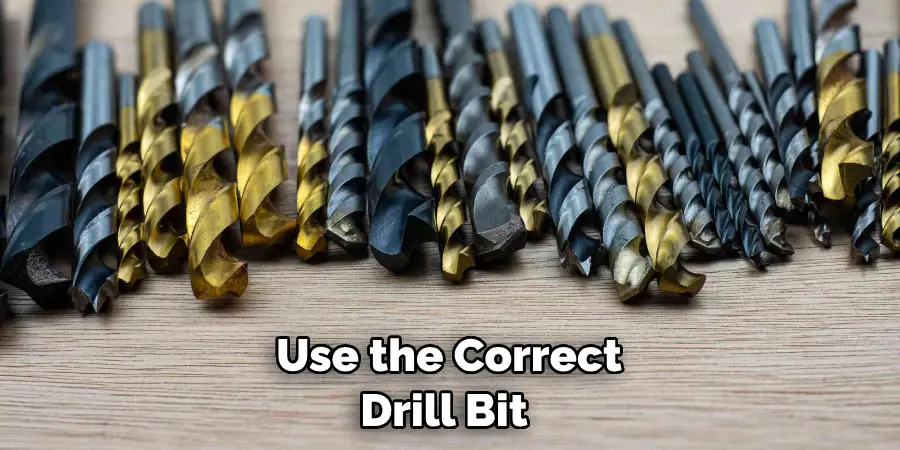
With these additional tips and tricks, you’ll be well on your way to perfectly drilled cabinet hinge holes.
5 Things You Should Avoid
- Avoid Rushing: Drilling cabinet hinge holes require patience. Rushing through the process could lead to mistakes and potential damage to your cabinets. Take your time and follow each step carefully.
- Don’t Skip Pre-Drilling: Pre-drilling holes before installing the screws can prevent the wood from splitting. It’s an important step that should be noticed.
- Steer Clear of Blunt Drill Bits: Using a blunt or worn-out drill bit can cause rough edges, which may interfere with the proper functioning of the hinges. Always ensure your drill bits are sharp and in good condition.
- Always Pay attention to the Manufacturer’s Instructions: The instructions provide valuable information on installing the correct hinge. Ignoring these instructions can lead to improper installation.
- Avoid Neglecting Safety: Always prioritize safety when using power tools. Wear safety glasses to protect your eyes from the wood chips and dust that can fly during drilling.
With these tips in mind, you can drill cabinet hinge holes confidently without any issues.
Conclusion
All in all, drilling cabinet hinge holes may seem daunting, but with the right tools, the right approach, and this guide in hand, there’s no reason to fear it. Start by measuring your door to know where exactly the hole needs to be located.
Take time to mark and measure out the holes with accurate precision. Utilize an even-speed drill with a medium-duty bit to ensure your holes are perfect for your hinges.
Keep safety at the forefront of your creative pursuits – use good protection from dust particles and cover up all skin to ensure you won’t accidentally cut or burn yourself!
Don’t forget to properly secure everything together using wood glue, screws, and anchors to provide added strength and support for years of reliability and usability. So why wait? Grab some tools & start drilling those cabinet hinge holes now!

